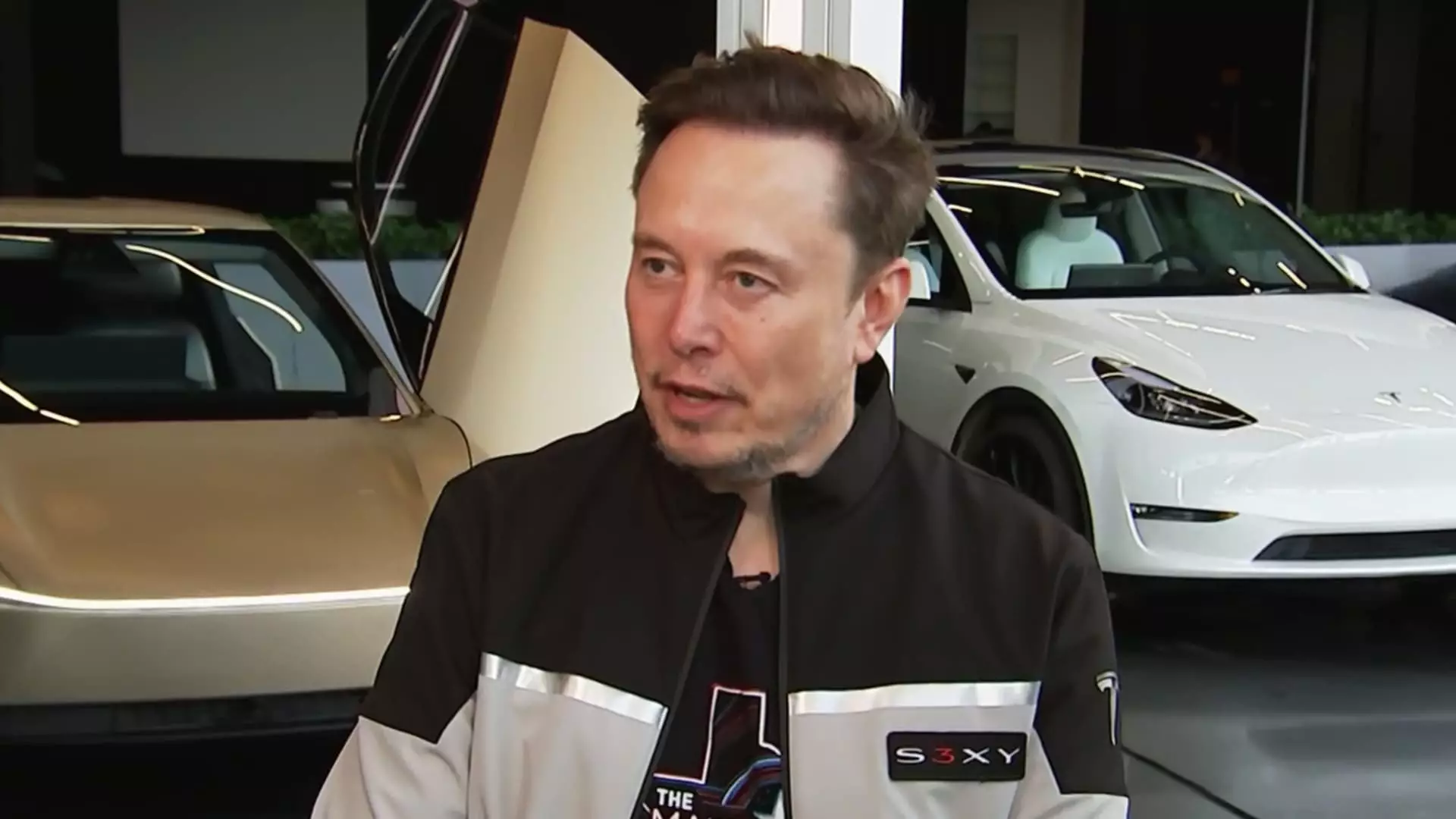In a recent announcement that promises to redefine the landscape of urban transportation, Tesla CEO Elon Musk declared that the city of Austin, Texas will soon witness the debut of robotaxis by the end of June. This bold initiative not only underscores Tesla’s commitment to pioneering autonomous technology but also marks a significant milestone in the evolution of ride-hailing services. The stakes are incredibly high as Musk confirmed ambitions to extend this service to major urban centers such as Los Angeles and San Francisco, thus setting the stage for a revolution in mobility.
Starting the pilot program with a modest fleet of only ten vehicles is a strategic move by Tesla, balancing optimism with caution. The plan, as outlined by Musk, is a calculated approach aimed at assessing the performance and safety of these autonomous vehicles before committing to a broader rollout. Should the initial tests run smoothly, Musk hinted at a rapid expansion to thousands of robotaxis on Austin’s streets, which is an audacious but potentially transformative proposition.
The Evolution of Autonomous Vehicles
Since 2016, Musk has been vocal about the arrival of self-driving cars that could operate without any human interference—a promise that has generated both excitement and skepticism among investors and consumers alike. The road to autonomy has been long and fraught with challenges, but Musk’s unequivocal commitment to bringing the technology to fruition is evident. The upcoming robotaxi service, featuring Model Y vehicles equipped with the full self-driving (FSD) Unsupervised software, exemplifies Tesla’s relentless pursuit of innovation.
In comparison, competitors like Alphabet’s Waymo have already established commercial operations in various U.S. cities, successfully conducting 250,000 paid trips weekly. However, Tesla’s strategy is uniquely differentiated from Waymo’s, relying primarily on camera-based systems and sophisticated computer vision technology. Musk argues that this approach is not only more scalable but also more economically sustainable, bypassing the expensive lidar and radar systems that plague many of its competitors.
A Safety-First Approach Amid Growing Ambitions
While Musk’s vision for an autonomous future is undoubtedly ambitious, the safety of passengers remains a paramount concern. Current plans involve geofencing the initial fleet of Model Y robotaxis, thereby restricting their operational area to ensure optimal safety during the trial phase. Musk’s declaration that these vehicles will lack human safety drivers has raised eyebrows, yet he reassures that a team of Tesla employees will actively monitor the fleet remotely. This approach embodies a blend of innovation with a level of oversight necessary to build consumer trust.
As Tesla prepares for this noteworthy launch, it becomes increasingly important to analyze the potential ramifications of such a sweeping change in public transport. The implications for urban traffic, congestion, and city planning may be significant, especially as increasing numbers of autonomous vehicles populate the streets. Could this lead to a decongested urban environment, or might it exacerbate existing traffic issues? The answers remain to be seen.
The Pushback Faced by Tesla and Musk
Despite the thrilling prospects that come with robotaxis, the journey hasn’t been smooth sailing. Musk’s involvement in the political arena has drawn considerable scrutiny, further complicating Tesla’s public image. A reported 20% drop in automotive revenue in the first quarter of 2025 has left some investors wary. Musk attributes this decline to factory retooling for a refreshed Model Y, but how much of this is influenced by the political climate connected to his personal brand?
In light of these challenges, Musk’s steadfast commitment to his leadership role at Tesla for the next five years reinforces the notion of resilience in the face of adversity. With an estimated net worth around $376 billion, Musk is more than just the head of Tesla; he embodies the intersection of technology and ambition. Whether consumers care about the CEO’s political stances when purchasing products is a question worth pondering, particularly as Tesla navigates these tumultuous waters in a bid for expansion.
Thus, as Tesla prepares to unleash its pioneering robotaxi fleet, the conversations surrounding safety, technology, and corporate responsibility will only intensify. The stakes are high, and the world will be watching closely as this experiment in transportation unfolds. Musk’s vision, rooted in pushing boundaries, could very well deliver a watershed moment in how we think about urban transit.

